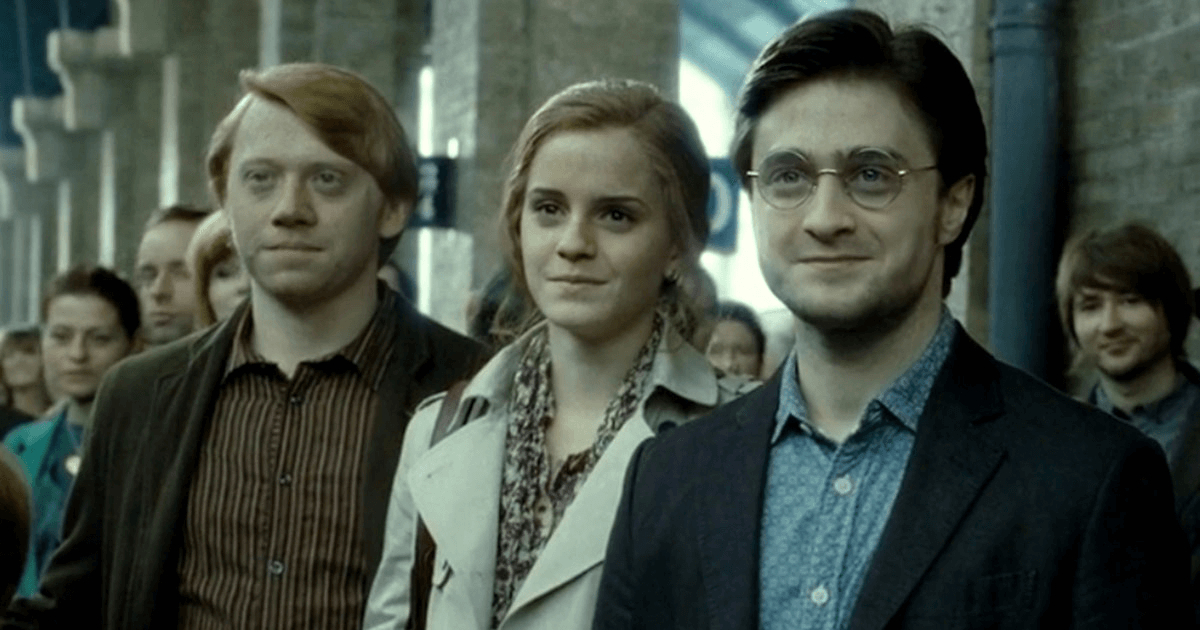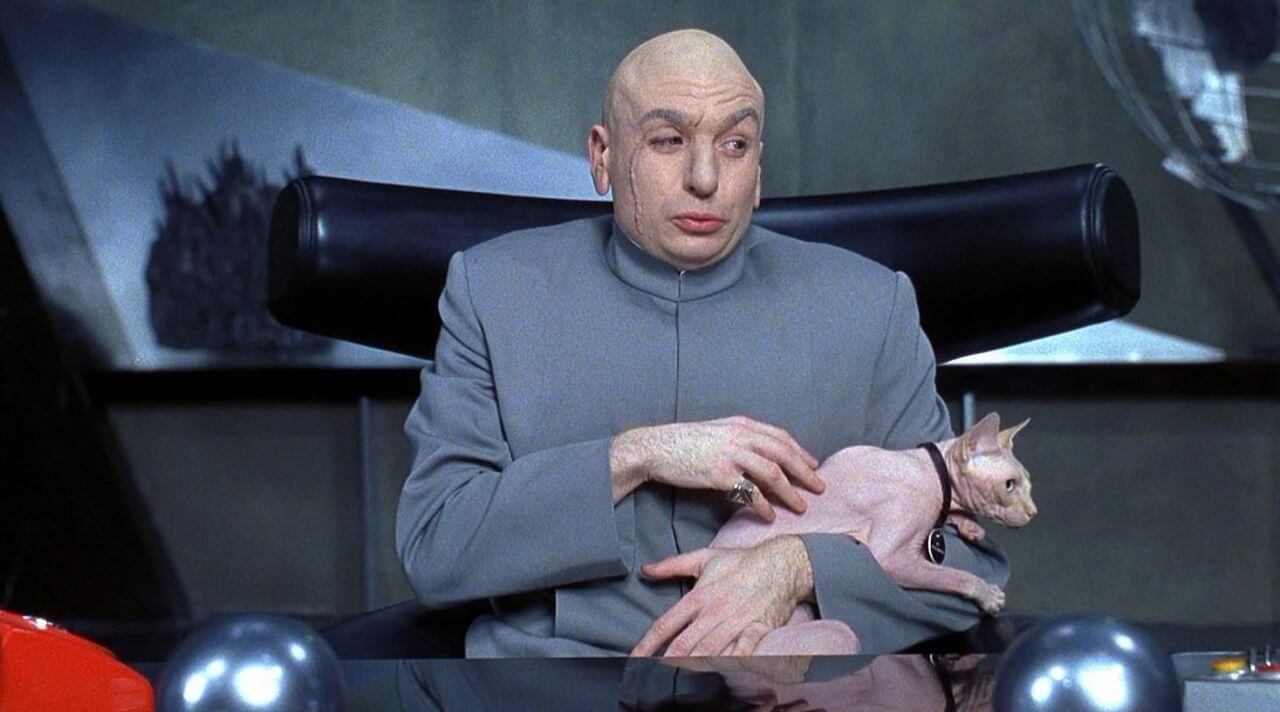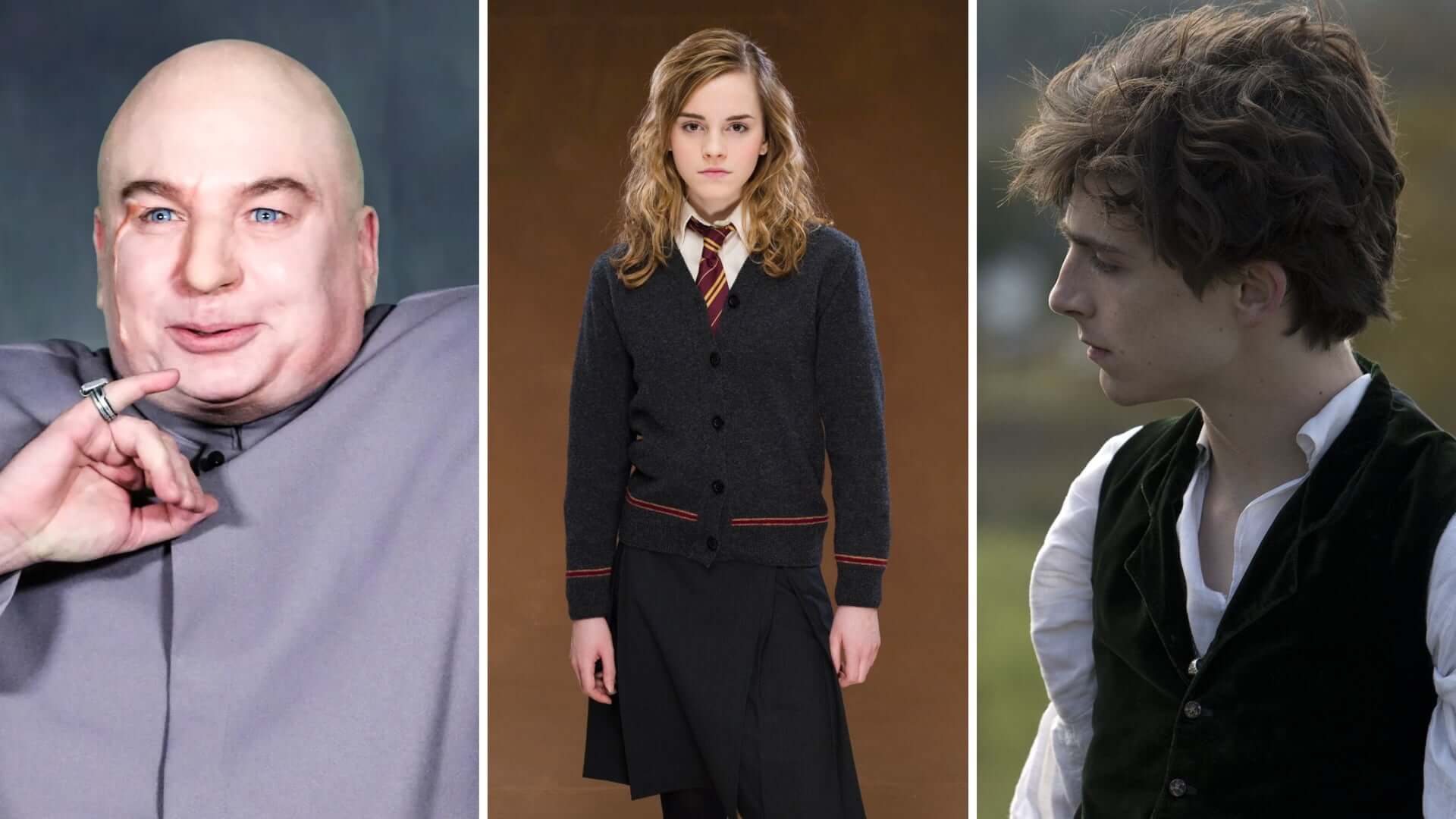Readers and audiences are generally familiar with terms like protagonist or antagonist, along with a number of other commonly used literary terminology. But the tritagonist, while they’ve likely “met” tritagonists a number of times, is a term they may not be quite familiar with yet. So, what is a tritagonist and how does one affect a story, book, or film? Keep reading to learn more about familiar tritagonists, their dramatic functions, and how you might include one in your next script.
Tritagonist in Practice
First, let’s define Tritagonist
The dramatic function of the tritagonist can vary depending on the story at hand. So to kick things off, let’s boil down our term to its most commonly understood definition.
TRITAGONIST DEFINITION
What is a Tritagonist?
A tritagonist is a tertiary main character, after the protagonist and deuteragonist, who functions as the third most important character in a narrative.
Tritagonist Examples:
- Hermoine Granger — Harry Potter series
- Harvey Dent — The Dark Knight
- Princess Leia — Star Wars series
Origins of Tritagonists
Where tritagonists come from
Tritagonists have functioned as a crucial narrative tool since, you guessed it, pretty much the inception of Ancient Greek storytelling. Earlier forms ot drama typically consisted of two-actor/two-character stories.
The addition of the third character allowed for more depth of character and conflict, which could be clarified by way of the protagonist expressing themselves to an ally or confidante.
Today, the tritagonist appears not just in literature, but in most media. What’s more is that the dramatic function can vary from story to story. Read on to learn about the different types of tritagonists, their dramatic functions, and how you can spot and implement a tritagonist of your very own.
Types of Tritagonists
Member of the core group
A tertiary main character can serve the role of aiding the protagonist, but also, they can serve the role of close friend or confidante. They can be so close to the protagonist in fact, that the deuteragonist (secondary character) and tritagonist can intermingle in terms of the role they play in the protagonist’s narrative.
A perfect example of this type of tritagonist is Hermione Granger in the Harry Potter series.
Hermione is obviously a main character both in the books and films. She maintains a close relationship with Harry and Ron, and actively helps the plot progress as it pertains to Harry’s personal life as well as the overarching objective to defeat Voldemort. To see how writers set up this relationship in the films, check out the Harry Potter and the Sorcerer’s Stone screenplay.
Being that she is in the core group of characters (to quote McGonagall, “Why is it always you three?”), her role as tritagonist can sometimes fluctuate and interchange with Ron’s role as deuteragonist.
On occasion throughout the series, she is closer to Harry than Ron is (consider his absence in Deathly Hallows). But more often than not, Ron is portrayed as Harry’s main confidante (they met first, took time fully letting Hermione into the fold, and occasionally, as in Chamber of Secrets, had to go on without her help).

Harry Potter and the Deathly Hallows: Part 2, 2011
Hermione and Ron serve different purposes though. Ron is Harry’s first and closest friend (at least at first) at Hogwarts, whereas Hermione is the book-smart heroine with a hunger for not just knowledge but learning in and of itself. Through her long-time passion for learning, Hermione helps guide Harry’s journey by helping bridge the gap between the muggle world (which they both grew up in) and the wizarding world, in which they both find themselves at the start of the series.
Types of Tritagonists
The ally
A tritagonist doesn’t always have to be in the forefront of the drama. This is, of course, not to say that they don’t need to serve a dramatic function though. Like any character, your tritagonist should be necessary to the story. Consider for example how many Disney characters are tritagonistic allies (Phil from Hercules, the Genie in Aladdin, and so on) who are essential to the plot; these allies fall under the tritagonist umbrella and are pivotal in the hero’s journey.
In Greta Gerwig’s film Little Women, Timothee Chalamet’s character Laurie is pivotal to the plot but he is not a “little woman,” as it were. He also is not an antagonistic force in the March sisters’ personal journeys (even if he does cause some strife here and there).
Little Women, 2019
Laurie is present throughout the film in varying capacities: he attempts to court Jo, he eventually marries Amy, and he is generally around as the March sisters grow up. He is a central figure in their lives, and therefore the plot, even if he isn’t a titular role.
Laurie’s dramatic function is multi-faceted. A main function though would be that he provides some conflict between Jo and Amy, as Laurie pursues Jo, Jo does not reciprocate, and Amy confesses her love for Laurie (and eventually, they do marry). He directly affects the two other main characters of the story, and as such helps propel the plot and character arcs forward.
Types of Tritagonists
The antagonist
The antagonist can be somewhat of a Swiss army knife when it comes to dramatic functions. Even the original definition of the tritagonist could be molded into a few different dramatic functions (the first being to act as the sounding board of the hero, and the second being to instigate the suffering of the protagonist). So it stands to reason that the antagonist can be a deuteragonist or a tritagonist.
Austin Powers is a parody of the James Bond franchise (or so we hear). Therefore, both the James Bond franchise and the Austin Powers trilogy use the tritagonist in a similar way. For this analysis, we’ll use Dr. Evil from Austin Powers, as he is the constant antagonist throughout the series.

Harry Potter and the Deathly Hallows: Part 2, 2011
Much like with the James Bond franchise, Austin Powers has a “rotation” of love interests; once they’ve reached happily ever after, the love interest of one Austin Powers film does not return in the following film(s). In this way, the secondary character changes every time.
Dr. Evil, however, is a constant. Even though he is present for every film, he is a tertiary character as it pertains to the plotline.
What makes a Tritagonist
How to use tritagonist characters
Tritagonists are important because they support the goal of serving your story. Conflict, drama, plot progression are all aided by strategic uses of strong characters.
Do stories without tritagonists work? Of course, they do.
Do tritagonists add layers to your hero’s journey? Yes.
Interesting character dynamics and relationships further deepen your protagonist’s “why” in pursuing their goals because they have relationships at stake, and the higher the stakes, the more exciting your narrative.
So how can you incorporate a tritagonist in your work? There are a few things to keep in mind:
- Consider your story’s need for a new character. Add a tritagonist because it’s necessary for the progression of the story (this is a good rule of thumb for any new characters or elements you may add).
- Can you zero in on the function a potential tritagonist would perform in the story you’re writing? Does it advance the plot?
- Consider the stakes your tritagonist may heighten (or lessen) by becoming involved in the hero’s overarching objective. Your tritagonist should pivot the story either by aiding your protagonist or hindering them in some way.
Like all characters, your tritagonist requires forethought and strategy. Audiences can generally tell when your characters are useful or not, and shallow story-telling can take your readers and/or viewers out of the world you’ve built for them. Now you’ve been armed with examples and tips of tritagonists, though. So try your hand at including a tritagonist in your next hero’s journey. It could be pivotal to your own path as a storyteller as well.
Up Next
Meet exemplary Antagonists
You’ve been introduced to some tritagonists as well as the functions they perform as crucial elements of story. But don’t let your character studies end there. Follow this link to get up close and personal with infamous villains like Saruman, Scar, and the Joker.
